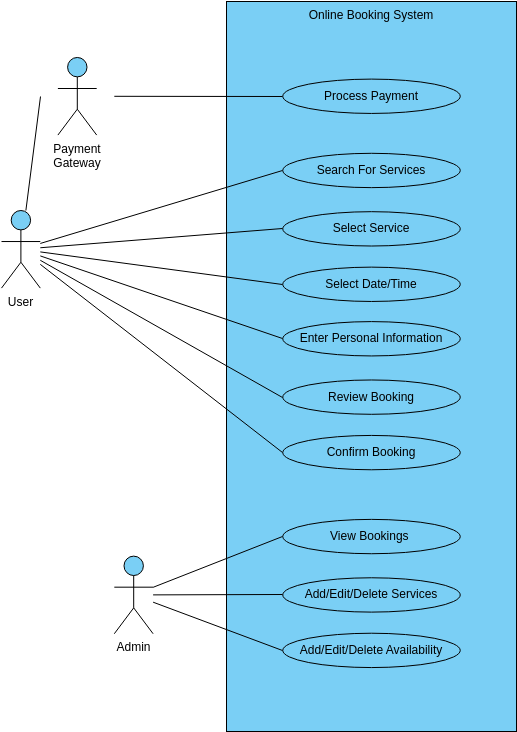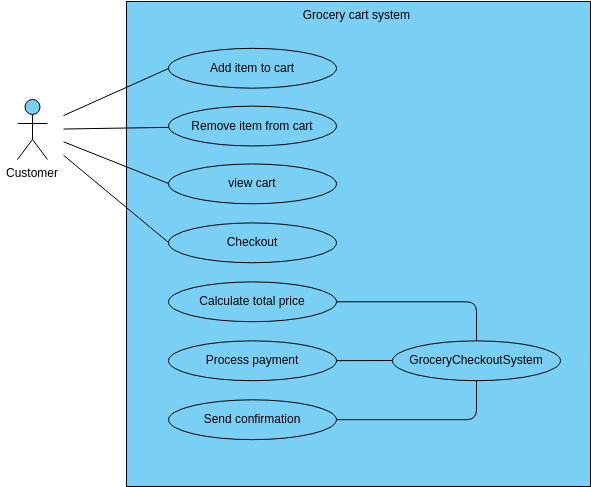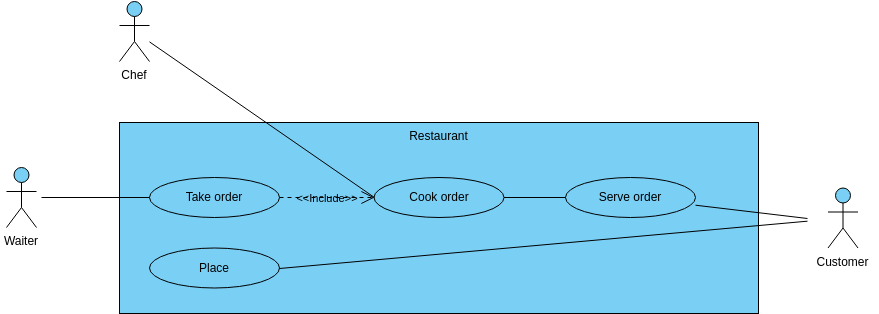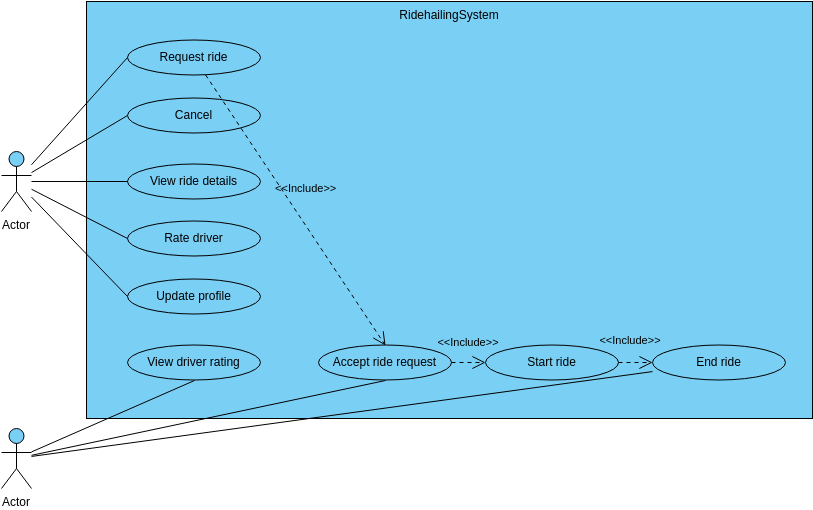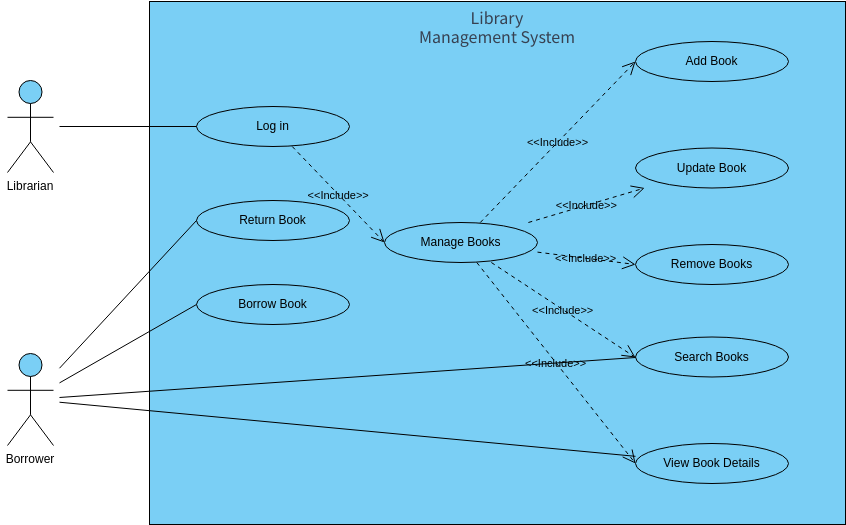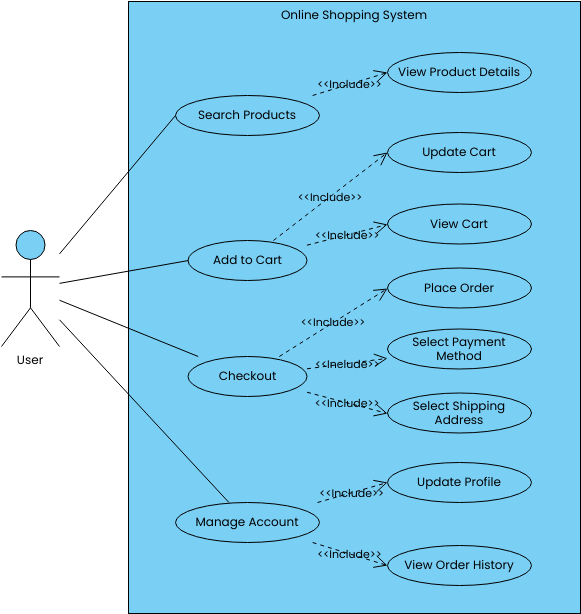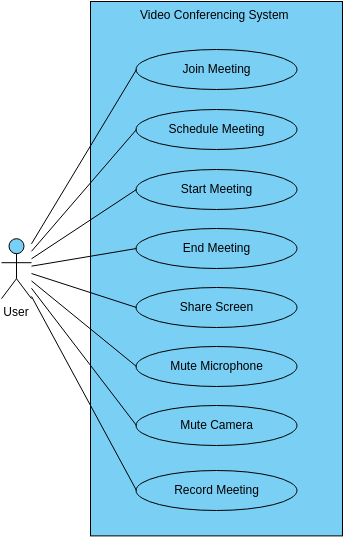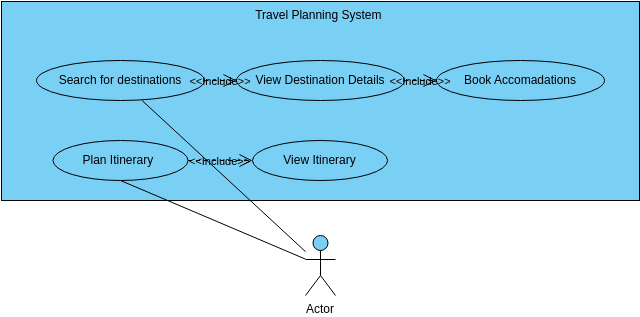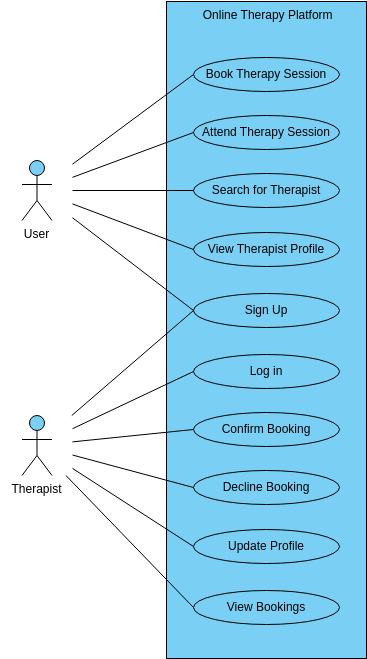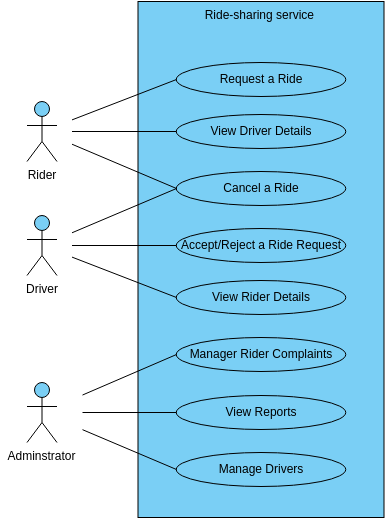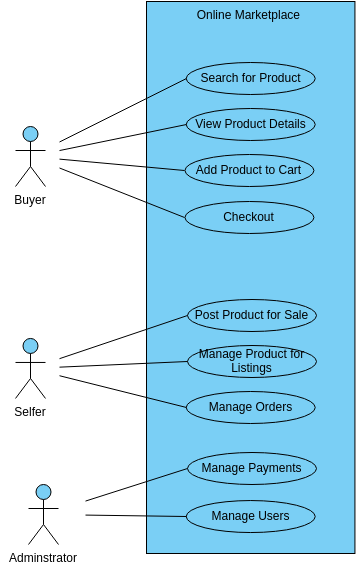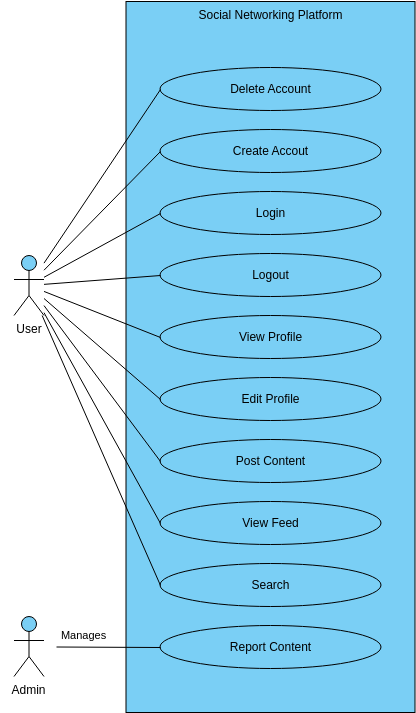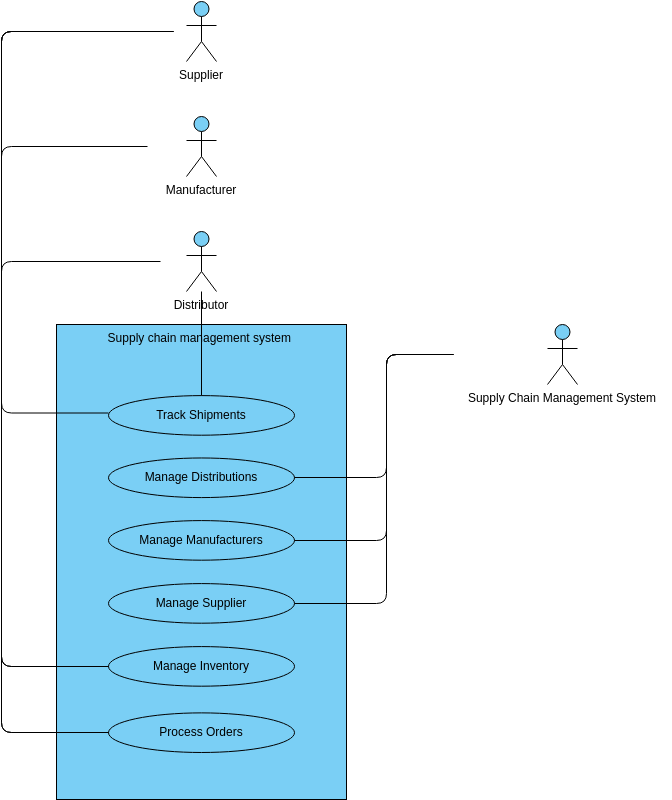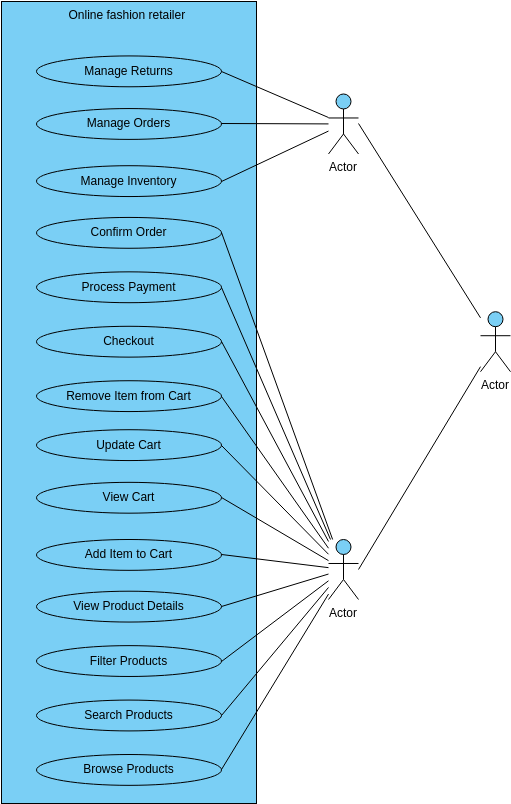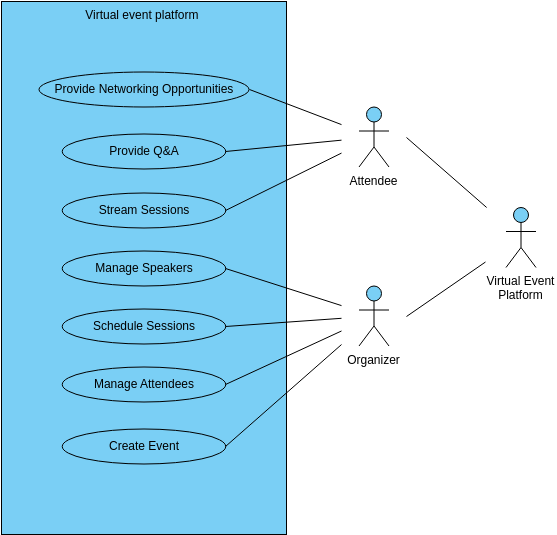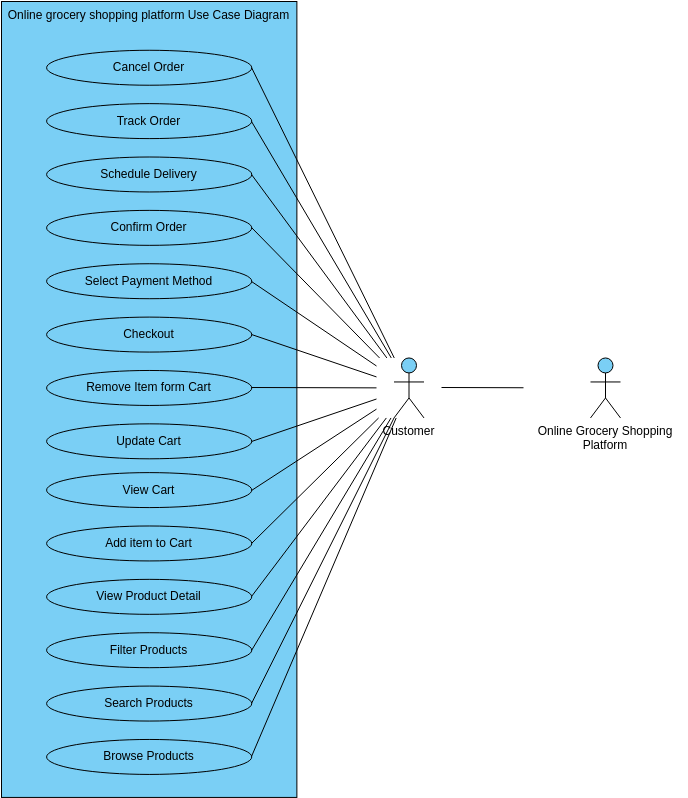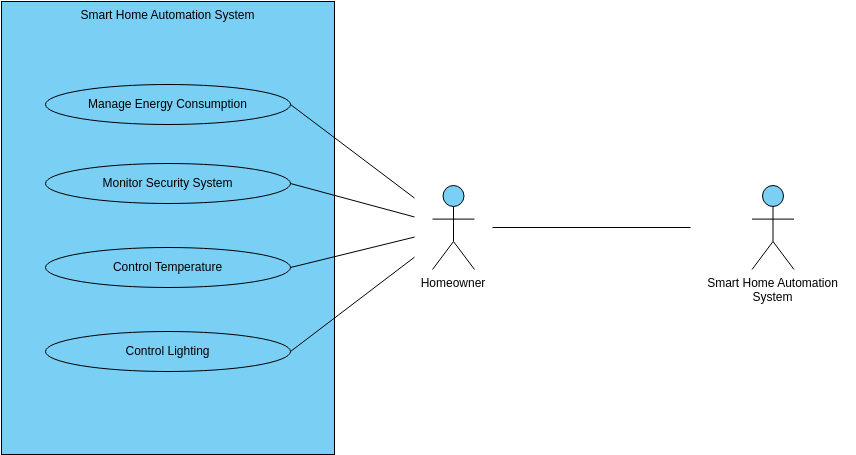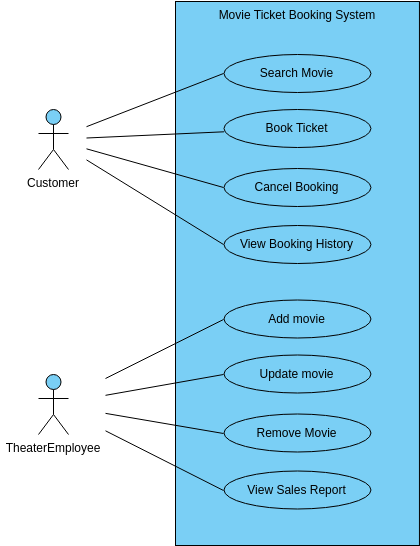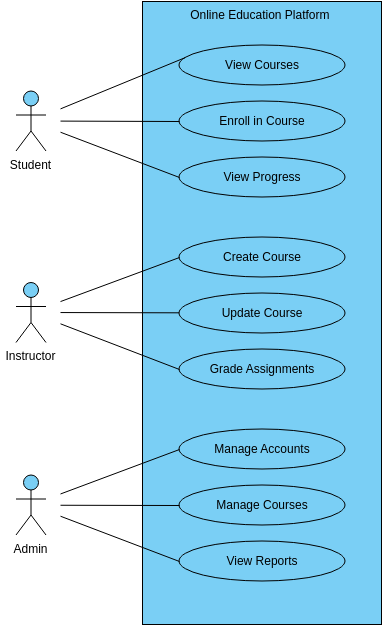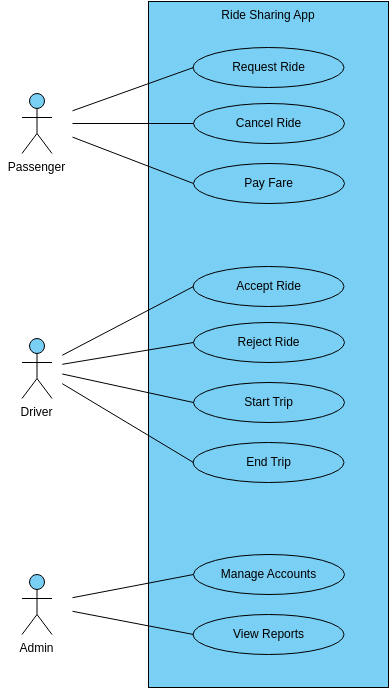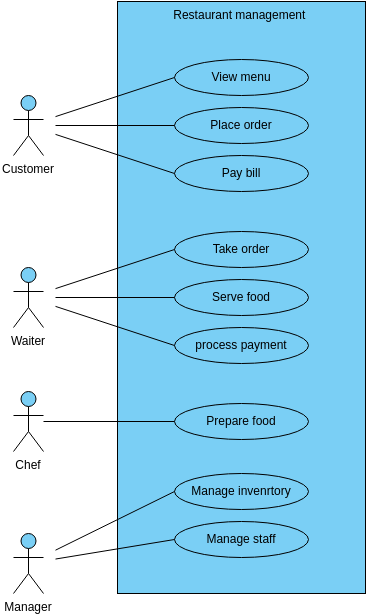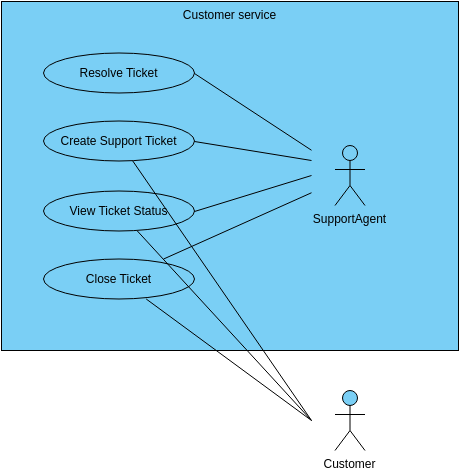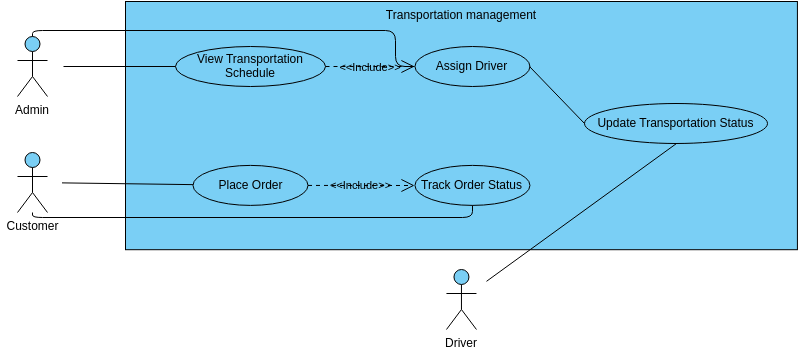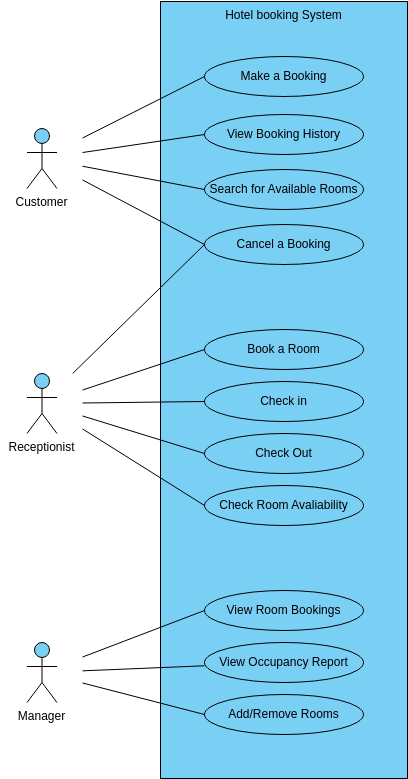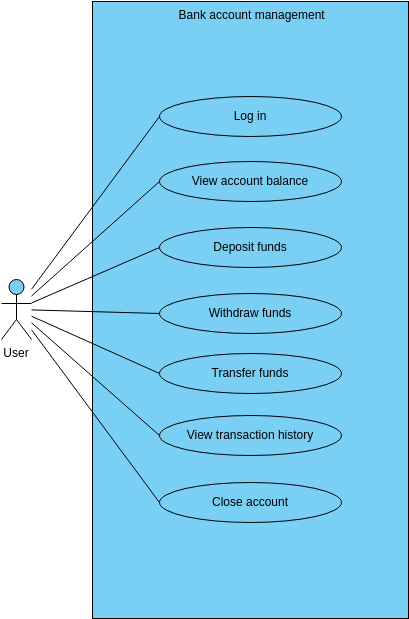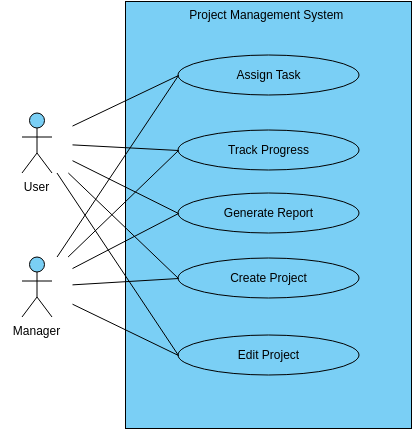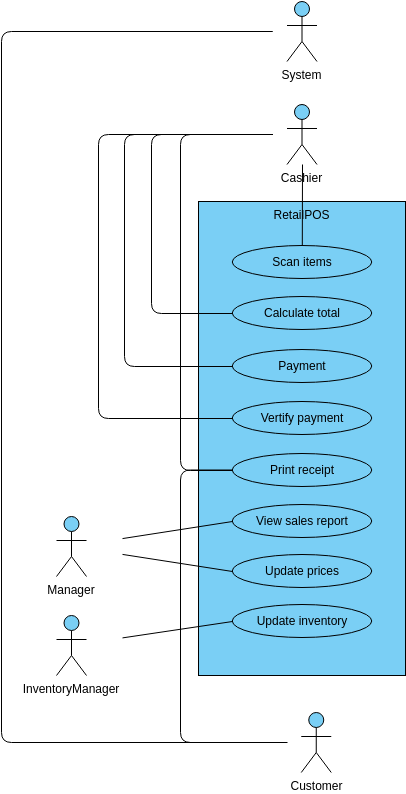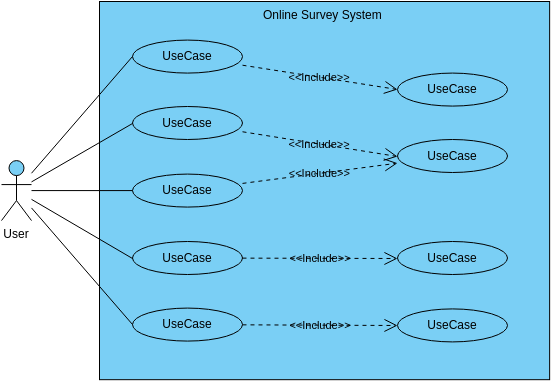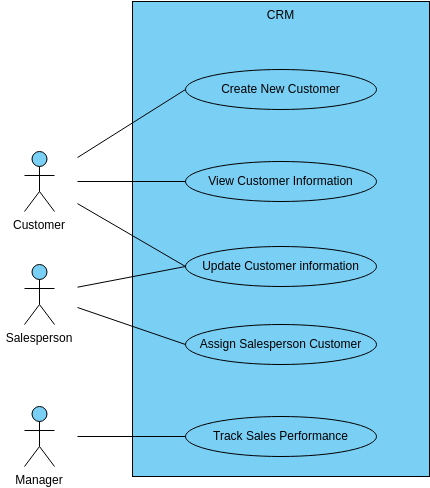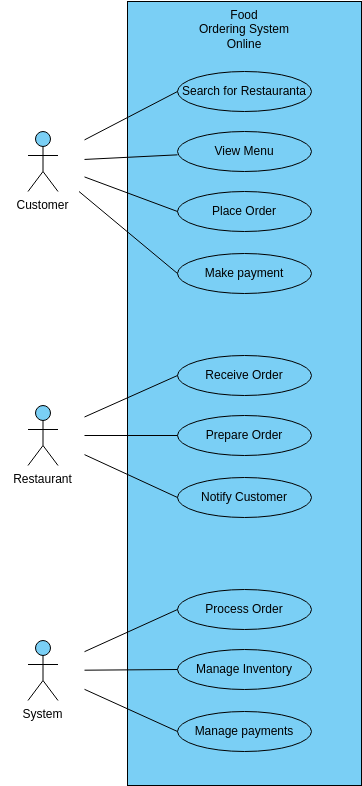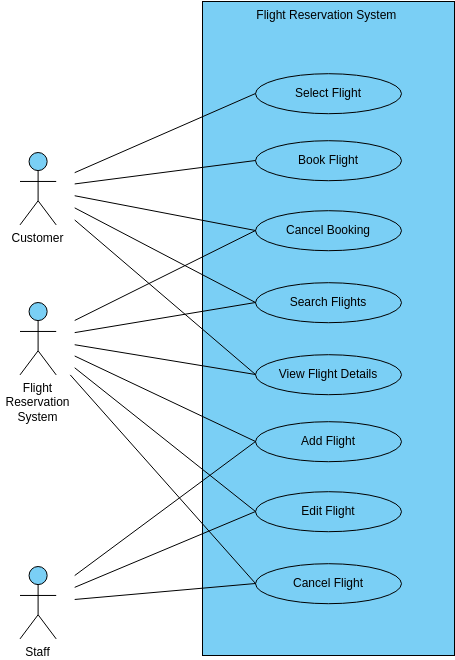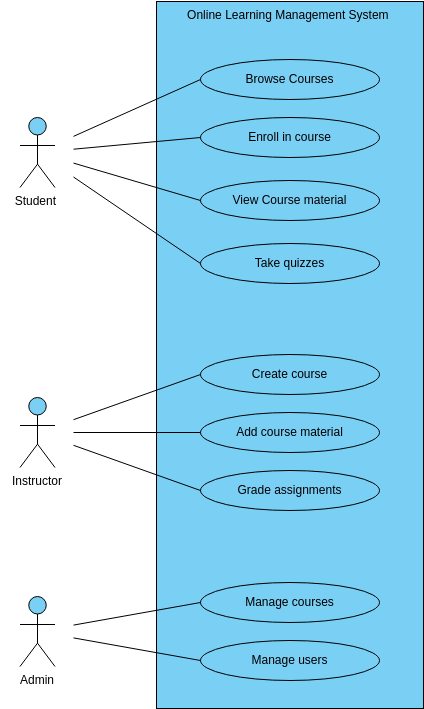Online booking use case diagram
The Online Booking Use Case Diagram outlines the different functionalities of an online booking system. The first use case is to process payment. This involves allowing customers to make a payment for the services they are booking, using a range of payment methods such as credit cards, PayPal, or other electronic payment systems. The system should also be able to track payments and generate receipts.
The second use case is to search for services. This involves allowing customers to search for the services they need, such as hotel rooms, rental cars, or spa treatments. Customers can also filter their search results based on location, price, availability, and other criteria.
The third use case is to select a service. This involves allowing customers to choose the specific service they want to book, such as a particular room type or car model. Customers can also view additional information about the service, such as amenities, reviews, and photos.
The fourth use case is to enter personal information and confirm the booking. This involves allowing customers to enter their personal information, such as name, address, and contact details. Customers can also review their booking details, including the service, date/time, and price, before confirming the booking.
Overall, the Online Booking Use Case Diagram offers a comprehensive solution for online booking and payment processing. By integrating these different functionalities into a single system, customers can enjoy a seamless and convenient booking experience. The system can also be customized to the needs of the business, making it a flexible and reliable solution for online booking.
The use case diagram also allows for efficient management of services and availability, including adding, editing, and deleting services and availability. Additionally, the system offers a range of reports that can be used by administrators to monitor the performance of the booking system, as well as to identify areas where improvements can be made.
Benefits of creating Online booking use case diagram
Creating an Online Booking Use Case Diagram has several benefits for an online booking system. Firstly, it helps to standardize the booking process with a focus on offering a seamless and convenient user experience. By following a standardized process, the online booking system can ensure that customers receive a consistent and reliable service when searching for services, selecting a service, and confirming the booking. The use case diagram can also serve as a reference tool for developers and designers, allowing them to quickly access information about the correct procedures to follow for designing, implementing, and testing the system. This helps to reduce the likelihood of errors or omissions in the development process and ensures that customers receive a consistent level of service.
Secondly, the use case diagram can help to improve the efficiency of the booking process. By clearly outlining the steps involved in searching for services, selecting a service, and confirming the booking, the use case diagram can help to identify any bottlenecks or inefficiencies in the process. This information can then be used to make improvements to the process, such as optimizing the search algorithm, improving the user interface, or streamlining payment processing. Improving the efficiency of the booking process can help to reduce costs, increase revenue, and improve customer satisfaction.
Pros of creating this use case diagram
Creating an Online Booking Use Case Diagram offers several advantages for an online booking system. Firstly, it helps to provide a clear and concise overview of the booking process, highlighting the different steps involved in booking a service or product. This can help to ensure that all stakeholders, including customers, developers, and business owners, have a shared understanding of the booking process and can work together to optimize the system. By providing a standardized process, the use case diagram can also help to reduce confusion, errors, and misunderstandings, resulting in a more efficient and effective online booking system.
Secondly, the use case diagram can be used as a reference tool for developers and designers, providing a clear set of guidelines for the development of the online booking system. This can help to ensure that the system is designed and implemented in a consistent and reliable manner, reducing the likelihood of errors, bugs, and other issues that can impact user experience. By following the guidelines outlined in the use case diagram, developers can work more efficiently, reducing development time and costs, and helping to ensure that the online booking system meets the needs of the business and its customers.
In conclusion, creating an Online Booking Use Case Diagram can help to improve the efficiency, reliability, and user experience of an online booking system. By providing a clear and concise overview of the booking process and offering a set of guidelines for developers and designers, the use case diagram can help to ensure that the system is designed and implemented in a consistent and reliable manner, resulting in a high-quality online booking system that meets the needs of the business and its customers.
